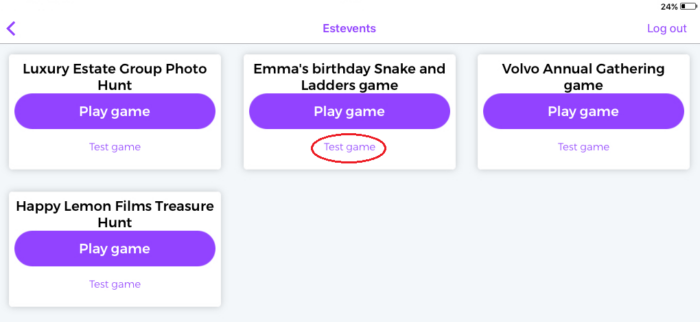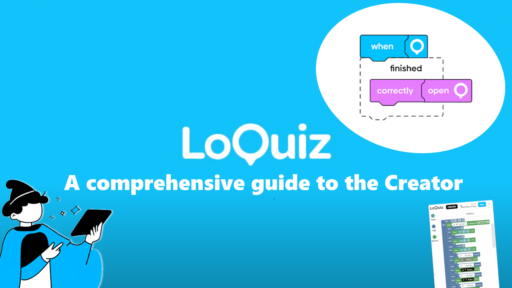I might surprise you with the following statement, but I consider that testing is even more important than development. Look at your scavenger hunt development time, you should spend at least 50% in testing, getting feedback, editing, and iterating.
If you wonder how you can test your game, then I invite you to read this FAQ article. Using the Test mode, you’ll indeed be able to test as many times as possible without spending anything.

So here are the 5 reasons why you should spend the most time testing your scavenger hunt game:
1. You’ll gain time thanks to testing
You’ll unexpectedly gain time. Indeed, if you do not take the test, you have a high chance that something will go wrong during the event. If that happens, a lot of energy and time will be spent fixing the situation.
2. You’ll avoid catastrophic events (true story)
Catastrophic events are the number one fear of scavenger hunt providers. We would never face hundreds of unsatisfied players, only waiting for us to solve the situation and fix the game.
I’ve already seen it happening: A game for an event was conceived the same day. So there was no time to test. And the consequences were disastrous.
A bit later, I reviewed the game. My main conclusion was that all the issues could be solved if they were tested at least once.
Indeed, you can avoid that kind of situation:
- An inaccessible task located on private property
- Road renovation blocking a path
- A game being too long to be fun
- Many errors in quizzes
- No way to finish the game
- Blatantly unequal progress between the players.
And that’s not even an exhaustive list of what issues can happen in a non-tested game.
Just test, test, and test your scavenger hunt game if you want to avoid a catastrophe.

3. Your game is becoming much more entertaining
The game design can be tricky. Sometimes, one small detail hinders the whole fun of the game. In this situation, it takes only one ridiculously small fix to make the experience entertaining.
For instance, let’s imagine that the scavenger hunt game requires you to find certain items in the street and solve a few quizzes.
The first one is simple: You need to take a picture of a grey car. The second one is tough: A riddle that includes logic and mathematics. Then the 3rd task is simple: A simple city trivia question with multiple choice. In our example, a testing session will highlight the differences in difficulty throughout the game. After a feedback session, you’ll know how to reorganize the game so that the difficulty is progressive, not chaotic.
Without testing, you’ll have no idea what makes your game fun. Besides, you’ll never detect your game’s showstoppers.
4. You deliver a 100 % completed product
When you finish developing a game, it’s never ready at 100%. There’s a large gap between a theoretically good scavenger hunt game, and a practically great one.
Only the testing sessions will highlight what makes your game high-quality and ready to be sold for a corporate event.
Sometimes, The game is ready at 95 % once you’ve finished developing it without adjustment. But just like in coding, the remaining 5% often takes most of the time.
5. Other people will see things that you don’t
When you create your games, you know all their mechanisms and tricks. You’ll never experience the player’s perspective by yourself. In this way, testing is mandatory.
By asking your pool of players as many questions as possible, you’ll know what needs to be edited to create a higher entertainment value while removing the potential showstoppers.
To conclude
So I consider that testing needs way more emphasis than the creation and development. At first, it might kill the creative potential of your game. However, testing should be seen in another way: It allows you to confirm what part of your creativity can be retained as a scavenger hunt that you can sell.
If you’re building a game and you want more advice like these 5 points, feel free to book a 30-minute demo with me 😊
Related stories

Trivia quizzes can be really fun: Test your players’ general knowledge. Provide a wide range of questions about anything, then...

When you offer a Loquiz game, you have two different ways to distribute them: Tickets or username/password/QR. There are fundamental...

The Creator offers a wide range of possibilities thanks to the implementation of the Blockly interface. Loquiz isn’t just about...
Start free trial to bring your ideas to life
Sign up and create games, tours, team events and educational content that captures peoples' attention
Start from the scratch or use templates to kickstart!

